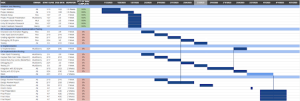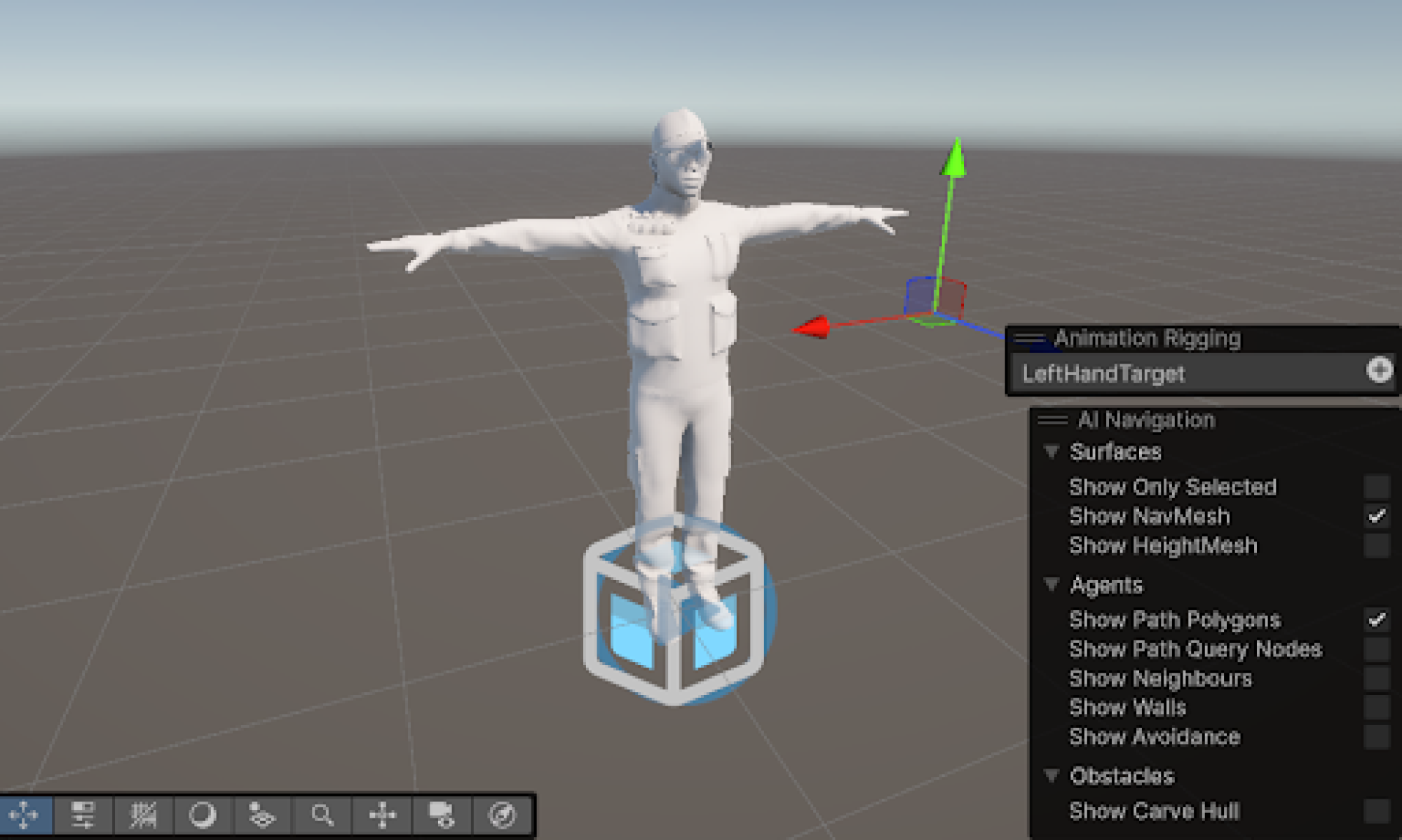Team Status Report for 2/8
Risk Management:
Our project faces several significant risks that we are actively managing:
- Historical Risk – Project Scope Alignment:
After submitting our abstract and speaking with our faculty advisor, we identified that our initial project scope (fall protection/detection for elderly) was potentially misaligned with course requirements. We mitigated this by immediately scheduling emergency meetings with our faculty advisor (Professor Hyong Kim) and Professor Tamal to ensure alignment with course expectations. This led to successfully pivoting to a computer vision-based dance coach, which better matches course requirements.
- Current Technical Risks:
The primary current risks are:
– Computer Vision Accuracy: Our system’s effectiveness depends on precise pose detection and movement analysis. To manage this risk, we are planning to develop a fallback algorithm that focuses on key body points if full pose detection proves unreliable. In addition, we plan to start testing with several pre-selected videos to test the robustness of the algorithm before moving on to a wider range of content.
– Real-time Processing Performance: The system needs to process video streams with minimal latency. Our risk management approach for this issue includes:
– Establishing performance benchmarks early in development
– Implementing hardware acceleration where possible
– Having a contingency plan to reduce analysis complexity if performance targets aren’t met
Design Changes:
- System Concept Changes:
– From: Gaming-focused dance system with haptic feedback
– To: Educational dance coach with reference video comparison
– Why: Better alignment with course expectations, personal goals, and technical feasibility
- Specific Design Updates:
– Requirements Changes:
– Removed: Game engine development, haptic feedback hardware
– Added: Reference video processing pipeline, comparative analysis algorithms
– Why: As our product is now branded as a coaching software and not a purely entertainment based game, we removed the haptic feedback system which was designed to add immersion for gamers. We also no longer needed to develop a sophisticated game engine since it is not expected for a dance coaching software to have a complex 3D interface. Additionally, we now need to be able to process the reference video separately from the user video and compare the two inputs, which are both new modules that were not previously included in our plan.
- Cost Impact and Mitigation:
– No direct costs incurred as hardware components weren’t yet purchased
– Development time reallocation:
– Planned game development time redirected to CV algorithm refinement
– Haptic system development time allocated to comparative analysis algorithm development
Updated Schedule:

